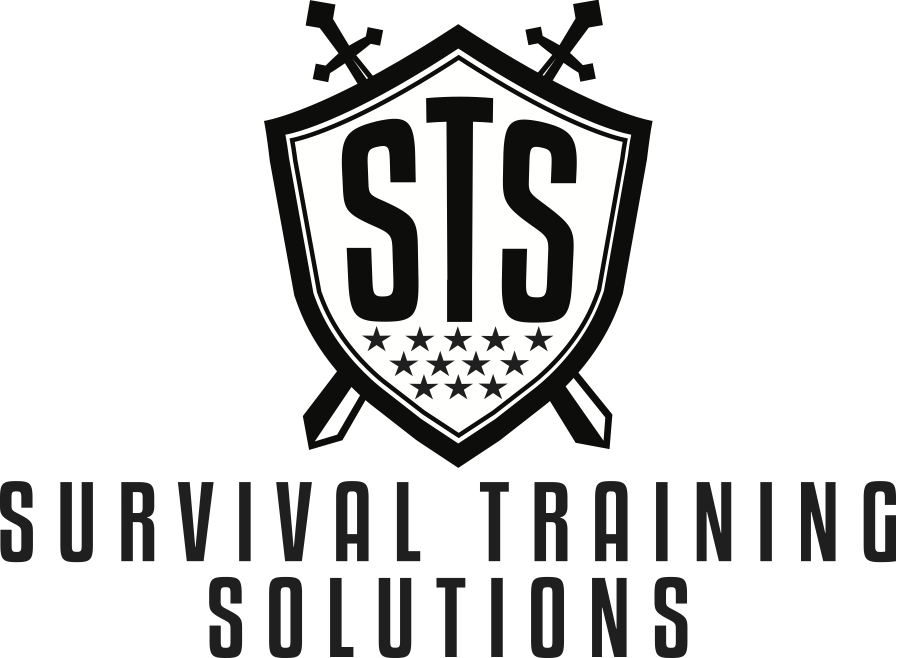Training: THE Insurance Policy for Police Departments
It’s no secret that law enforcement is chock-full of liability. Law enforcement professionals are tasked with some of the most stressful day-to-day circumstances all while being held to some of the highest standards. With this comes lofty expectations; expectations from the public to always get it right and without concessions. Rightfully so, there are also expectations from the administration that every officer operates within letter of the law and within approved training protocols from their respective jurisdiction.
The multitude of constitutional case law that governs the rights and responsibilities of law enforcement professionals is longstanding and well established. Some of these landmark cases, such as Graham V. Connor (1989) and Tennessee V. Garner (1985), have remained intact for several decades. As these times change, the case law is slow to do the same. It’s the nature of the beast; that beast being the United States Supreme Court.
Unlike case law, training must constantly evolve. Modern law enforcement is different now from what it was even a decade ago. Departments (and individual officers) must seek out and adapt to training that is dynamic, realistic, and relevant. These times are ever changing and so must our training. The reverence of the profession depends on it. Individual officer’s lives depend on it.
As the title of this article suggests, training is the first-line insurance policy for police departments. Outside of their duty belts, officers are sent out to work armed with their training to fall back on during those tense, uncertain, and rapidly evolving moments. It is immeasurably impossible for trainers to account for all scenarios and walk students through said scenarios. Therefore, the role of trainers must incorporate tools that arm students with a diverse toolbox and the ability to use to the appropriate tool for each interaction.
Tools that should exist inside of every officer’s toolbox should include: forgiveness, verbal redirection and de-escalation, proficient hand-to-hand tactics, and justified use-of-force up to and including lethal use-of-force. It is required, and expected, that every officer have the skills and confidence to be able to be objectively reasonable in every interaction, given the information that the officer has in those exact moments.
While on patrol, each situation requires a separate set of tactics. Officers are tasked with knowing which tool gets the job done, reasonably. The measure by which this is judged, is the objective reasonableness standard. Proper and relevant training helps make the decision of the reasonable officer easier to come by. Police departments who address deficiencies and offer training to overcome those deficiencies are miles ahead of the game. By doing so, departments do several things: 1). They equip their officers with the ability to properly use restraint and exercise sound judgment, identifying when and what tactics and force are reasonable. 2). They show their officers, their respective municipal body, and the community that the department serves that the training that the officers receive is an investment. This is an investment that not only serves the officer well but also the department as a whole, the municipality, and the community-at-large.
In Canton V. Harris (1989), a woman who was in police custody had fallen several times and was incoherent. However, officers never summoned medical assistance for the woman. After her release, she was diagnosed with several emotional ailments that required hospitalization and outpatient treatment. She in turn filed a lawsuit against the city of Canton for failure to train based on the fact that, at the time, shift commanders possessed sole discretion as to whether detainees required medical attention, yet the shift commanders received no training on the matter. In it’s decision the United States Supreme Court held that, “A municipality may, in certain circumstances, be held liable under § 1983 for constitutional violations resulting from its failure to train its employees.”
As police trainers and department representatives we have an awesome responsibility to ensure that the training that we provide is up-to-date, relevant, and beneficial to the personnel that serves under our tutelage. The public and governing bodies expect it. The officers have a great need for it. Most importantly, lives depend on it.
As a police officer and police trainer for the better part of my career, I have long prided myself on continually evolving my training for the benefit of my people. I am not content with simply having officers “check a box” in order to have them complete training requirements. The training that I provide must challenge officers both physically and mentally. The training must give officers viable and realistic options and dissuade linear problem solving in a profession that is full of challenges and ever changing dynamics. Furthermore, the training must always be legal and reasonable, absolving claims of negligent liability.
If you are a trainer, does your training embody these standards? If you are a department administrator, does the training that your department provides give your officers options that are legal, reasonable, relevant and realistic? If you can answer “no” to any of these questions, it’s time to take a strong look into the training that you provide. How can you upgrade the tools in your toolbox and provide a quantum increase to your first-line insurance policy?
